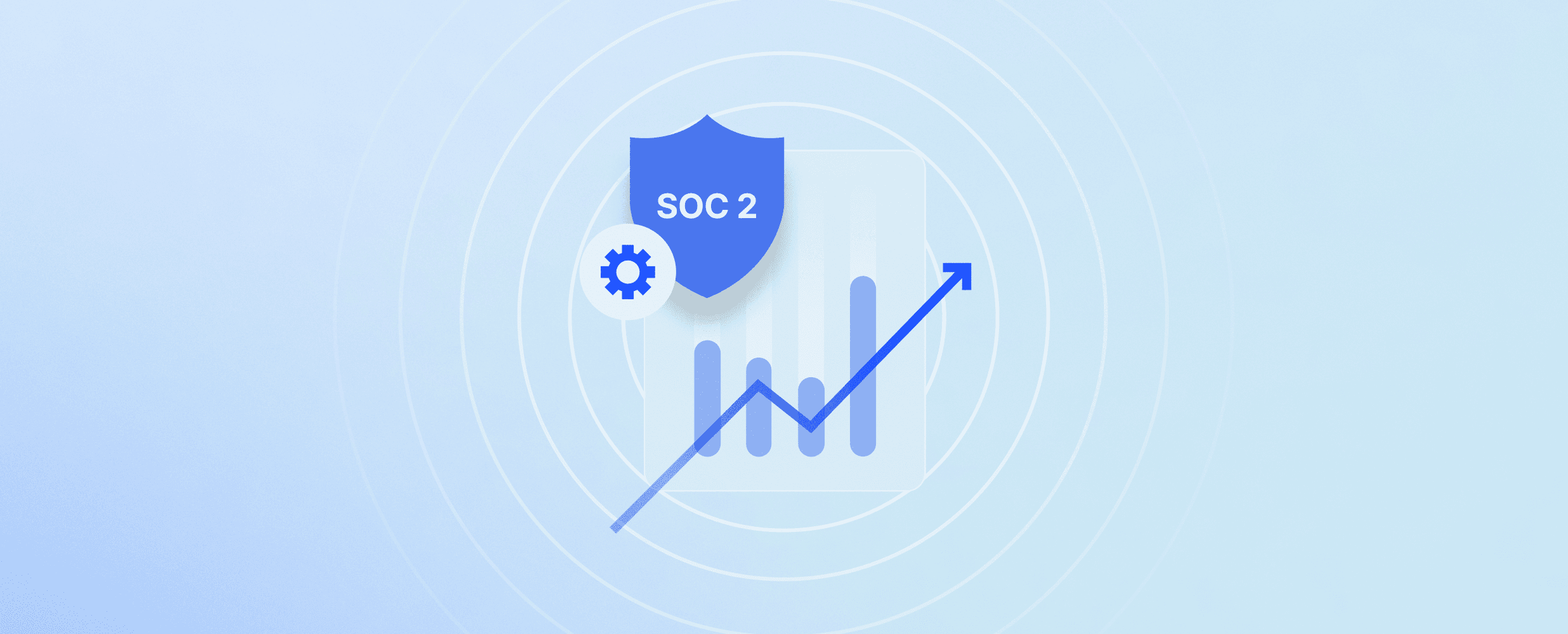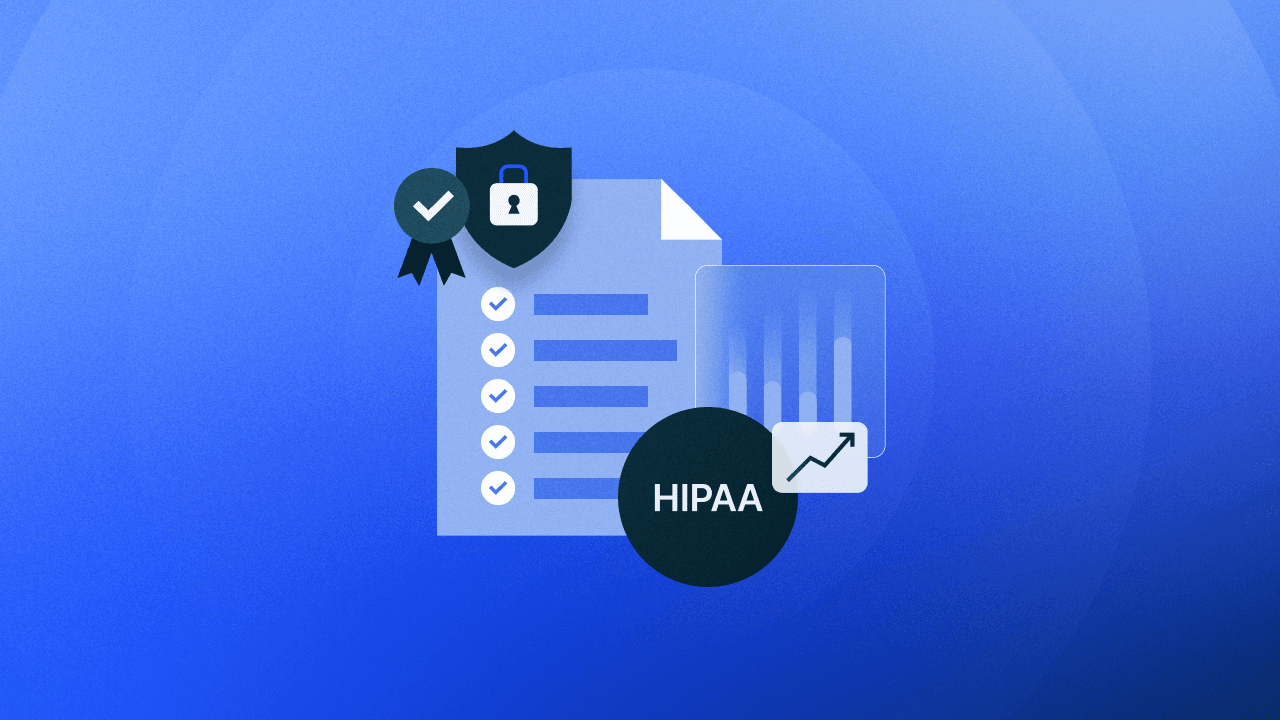Put On Your Running SOC(2)s: Maintaining and Expanding Compliance
By aligning SOC 2 with other frameworks, you can efficiently expand your compliance portfolio as you scale your business operations.
Compliance is a marathon. Just like runners begin training by going short distances that become increasingly longer, most businesses start by achieving one compliance objective then growing their programs.
As your business grows, your Governance, Risk, and Compliance (GRC) needs to scale. For many companies, System and Organization Controls Type 2 (SOC 2) reports act as the foundation for their compliance programs. SOC 2 audits align an organization’s robust security controls to an industry-agnostic set of best practices. While these third-party audit reports provide assurance for many customers, you may find that as your business expands into new markets, you need to prove compliance with additional regulations and frameworks.
SOC 2 control mapping allows you to accelerate your compliance and audit readiness across additional standards and frameworks, especially when you can use automation to eliminate time-consuming error-prone manual processes.
How to Know When You Need More Compliance Frameworks
When you started your business, you built offerings or products to solve a problem. Over time, your business model changed as new customers or use cases arose. Similarly, your compliance program originally existed as a response to customer needs. SOC 2 audits and reports provided your customers with assurance over your security and privacy posture.
As your business scales, your compliance needs change. As you look toward your future business goals, you may need to add new compliance frameworks. If you’re not sure whether you need to add more compliance frameworks to achieve these objectives, you may want to consider some of the following:
Sales growing into new markets: Your sales team is finding success in new markets, possibly ones that have specific industry compliance requirements, like financial services or healthcare.
Specialized leadership hires: You added more senior leadership team members, possibly to address new geographic regions like Europe or Asia-Pacific.
Demand exceeds current capacity: Your organization can barely keep pace with the number of new customers you have, increasing the amount and types of data you manage and changing your compliance needs.
Ability to outpace competitors: Your revenue targets have you on track to surpass competitors, making compliance an opportunity to differentiate yourself further.
What is SOC 2 Common Criteria Mapping?
The SOC 2 Common Criteria are the essential security activities and requirements across the following subcategories:
CC1: Control Environment
CC2: Communication and Information
CC3: Monitoring of Controls
CC5: Control Activities
CC6: Logical and Physical Access Controls
CC7: System Operations
CC8: Change Management
CC9: Risk Mitigation
The controls that organizations use for SOC 2 compliance overlap with other frameworks and regulations. SOC 2 mapping simplifies compliance by identifying similarities and eliminating duplicate compliance efforts. By identifying overlapping controls and aligning compliance activities across multiple compliance requirements, organizations accelerate their audit readiness.
In short, if you did the work to complete a successful SOC 2 audit, you can use those same controls for other compliance initiatives. Instead of reinventing the wheel, you can focus on identifying and responding to compliance gaps.
Understanding the Overlap Between SOC 2 and Other Frameworks
The AICPA-CIMA, the organization that publishes SOC 2 standards and criteria, explains that the Trust Services Criteria (TSC) used in an audit are outcome-based criteria. The SOC 2 audits evaluate whether system controls achieve compliance objectives.
For example, CC6.3 under Logical and Physical Access Controls includes four basic requirements:
Creates or Modifies Access to Protected Information Assets
Removes Access to Protected Information Asset
Uses Access Control Structures
Reviews Access Roles and Rules
SOC 2 Mapping to NIST 800-53
NIST 800-53 defines controls to help you satisfy a diverse set of security and privacy requirements. The consolidated catalog of security and privacy controls explains the purpose for each control and offers insights into control implementation and assessment. NIST 800-53 is more specific about how to implement access control structures.
For example, while CC6.3 only lists four overarching objectives, the NIST 800-53 mapping lists 21 specific controls that you need to implement.
SOC 2 Mapping to PCI DSS v4.0
PCI DSS v4.0 defines controls to help you protect cardholder data and sensitive authentication data. PCI DSS v4.0 is a prescriptive compliance standard that also outlines requirement timeframes and frequencies, including daily, weekly, and monthly.
Despite these clearly defined and detailed requirements, the most recent version outlines two validation approaches:
Implementing controls per the PCI DSS requirement
Designing and implementing controls that meet the objective of the PCI DSS requirement
Since SOC 2 begins with outcome-based criteria, you can use your SOC 2 controls to accelerate PCI DSS compliance by documenting how to achieve the PCI requirements’ objectives.
What Are the Benefits of SOC 2 Mapping?
By aligning SOC 2 with other frameworks, you can efficiently expand your compliance portfolio as you scale your business operations. SOC 2 mapping assists these efforts by documenting and aligning your data security practices so you can focus on implementing the controls that fill any existing compliance gaps.
Eliminate Duplicate Work
You put in a lot of time, effort, and energy to implement your SOC 2 controls. Mapping allows you to leverage common controls to meet customer vendor risk management (VRM) needs. This flexibility allows you to move into new markets which can be a key competitive differentiator.
Strengthen Security
While compliance is not security, your compliance posture is the documented proof that you follow the internal controls outlined in your policies. Most compliance standards and frameworks are built around identifying and mitigating risks. As you add more compliance objectives, you identify new risks to the business, ultimately adding more layers of security.
Build Customer Relationships
Many customers use SOC 2 reports when engaging in due diligence as part of their ongoing third-party risk management programs. However, customers in highly regulated verticals may need you to prove that you meet specific industry compliance requirements, like PCI DSS in eCommerce and financial services. By mapping your SOC 2 controls to these other standards and frameworks, you can provide the documentation that customers need.
Leveraging Automation to Expand Compliance Strategically
According to the 2025 State of GRC Report, those who perform GRC functions manage an average of eight compliance frameworks, with 60% of professionals saying they manage at least five. Further, most companies expect to add an average of six more compliance frameworks in the next twelve months.
As you build your compliance program out, you can grow faster by using automation that allows you to expand upon the work you already completed.
Create a Hub for Managing Compliance
A centralized hub for compliance management streamlines processes and enhances productivity. With all policies and compliance documentation in a single location, you can identify compliance gaps more easily, allowing you to scale your compliance program with your business objectives.
Eliminate Manual Tasks
Manual mapping across multiple compliance frameworks and standards is time-consuming and error prone. When considering a compliance platform, you should look for one with broad coverage across critical regulations, standards, and frameworks, so you can continue to scale your program.
A compliance automation tool allows you to implement controls based on your desired security and privacy outcomes then correlate them with requirements as outlined in different publications. Whether you use the platform’s pre-mapped frameworks or create a custom framework, your solution should offer an extensive control library and the ability to craft custom testing.
Calculate and Stay Ahead of Risk
As your organization adds new technologies, processes, and people, your risk changes. Your compliance platform should:
Provide automated risk calculations.
Continuously review risk.
Adjust your risk scores based on changes to your environment or workforce.
As your risk posture evolves, your compliance solution should provide end-to-end risk management by automatically identifying, evaluating, and addressing potential threats. To achieve these outcomes, the platform should integrate with critical business processes and technologies, like:
Human resources information systems (HRIS)
Single sign-on (SSO)
Cloud providers, like Google, AWS, and Azure
Task management tool
Ticketing systems
DevOps toolchain
Implement Continuous Compliance Monitoring
Compliance monitoring directly relates to your organization’s overall security posture. Compliance is the documentation that proves your controls work as intended. Your compliance automation platform should provide real-time alerts so that you can identify potential security control violations before they become security incidents.
How Drata Enables Organizations to Extend the Value of Their SOC 2 Audit Work
Drata’s GRC platform enables you to create a flexible, scalable compliance program that focuses on your business’ needs. Our platform provides:
Custom risk scoring so you can define and configure your risk scores and thresholds to your business needs.
Risk drawer that allows you to edit and add risk data, including descriptions, categories, owners, documents, and impact.
Automated treatment plans based on your unique risks’ impact and likelihood.
Custom frameworks so you can easily and quickly bring in requirements related to your unique business needs.





